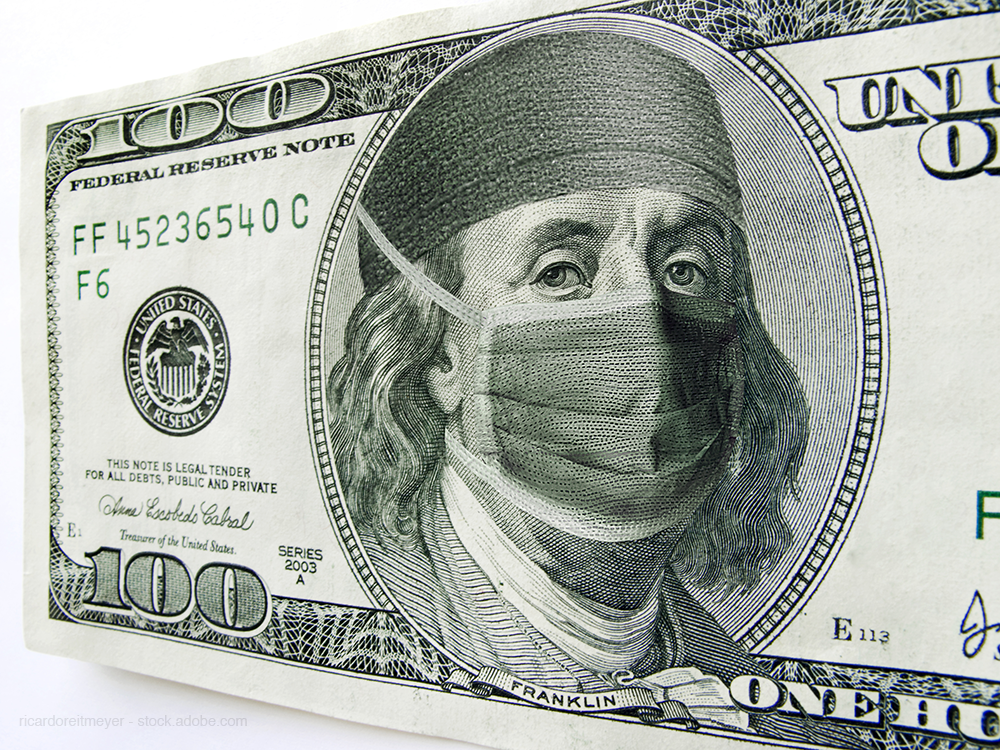- Safety & Recalls
- Regulatory Updates
- Drug Coverage
- COPD
- Cardiovascular
- Obstetrics-Gynecology & Women's Health
- Ophthalmology
- Clinical Pharmacology
- Pediatrics
- Urology
- Pharmacy
- Idiopathic Pulmonary Fibrosis
- Diabetes and Endocrinology
- Allergy, Immunology, and ENT
- Musculoskeletal/Rheumatology
- Respiratory
- Psychiatry and Behavioral Health
- Dermatology
- Oncology
Analyzing Cost-effectiveness Thresholds Over Time
Cancer-related cost-effective analyses (CEA) referenced higher thresholds than non-cancer-related CEAs, which may suggest interventions for diseases associated with greater mortality and morbidity warrant higher thresholds.
Between 1990 and 2021, authors of cost-effectiveness analyses increasingly cited $100,000 or $150,000/QALY as the benchmark by which to judge whether an intervention is cost-effective.

Health economists at the Center for the Evaluation of Value and Risk in Health (CEVR) at Tufts Medical Center have recently published research analyzing cost-effective thresholds. Their report outlines how study authors have referenced cost-effectiveness thresholds over time, and how thresholds have varied according to whether the studies are related to cancer and whether the studies were funded by drug companies. Their report was published as a research letter in JAMA.
The study of health economics exists to assess healthcare affordability and profit. But how much is a human life worth? This question has plagued health economists for years, leading to debate on defining the gold standard amount that equates to a year of life.
Cost-effectiveness analyses have traditionally defined a quality-adjusted life-year (QALY) as $50,000, using this amount to determine the value of healthcare interventions, services, and medications. Many recent analyses have used different means of defining the cost of a QALY, leading to lack of standardization, thus emphasizing the need for an evaluation of cost-effective thresholds.
“Between 1990 and 2021, authors of cost-effectiveness analyses increasingly cited $100,000 or $150,000/QALY as the benchmark by which to judge whether an intervention is cost-effective,” Peter Neumann, ScD, Director of the Center for the Evaluation of Value and Risk in Health (CEVR) at Tufts Medical Center, one of the study’s coauthors, told Formulary Watch.
CEVR researchers assessed US data in the Tufts Medical Center cost-effectiveness analyses registry to determine how the standard benchmark of $50,000 per QALY varied from decade to decade from 1990-2021. A range from $50,000 to $150,000 per QALY was represented. The study also assessed the impact of cancer on QALYs.
Their evaluation included 3,276 studies from 1990-2021. Throughout those years, authors gradually cited amounts between $100,000 and $150,000. This trend follows modern US analyses, with the Institute for Clinical and Economic Review (ICER) using $100,000-$150,000 as their threshold.
The CEVR researchers also found that cancer-related studies tended to select higher thresholds than non-cancer related studies. This finding suggests that health conditions with a greater impact on quality of life and increased chance of death may warrant an increased amount per QALY. Similarly, authors of studies funded by pharmaceutical industry may have increased the QALY standard to justify more expensive medications and therapies.
“We should all watch closely as Medicare begins implementing the Inflation Reduction Act to see if the negotiations result in value-based drug prices,” Neumann said. “While the law prohibits Medicare from using QALYs directly, our research can help policy makers get a sense about whether a particular drug price meets standard benchmarks for value.”
Drugs to Watch: Mental Health Conditions
April 11th 2024The FDA is reviewing two novel therapies: a psychedelic-assisted therapy for PTSD with a target action date of Aug. 11, 2024, and therapy for schizophrenia that does not directly block dopamine receptors with an action date of Sept. 26, 2024.
